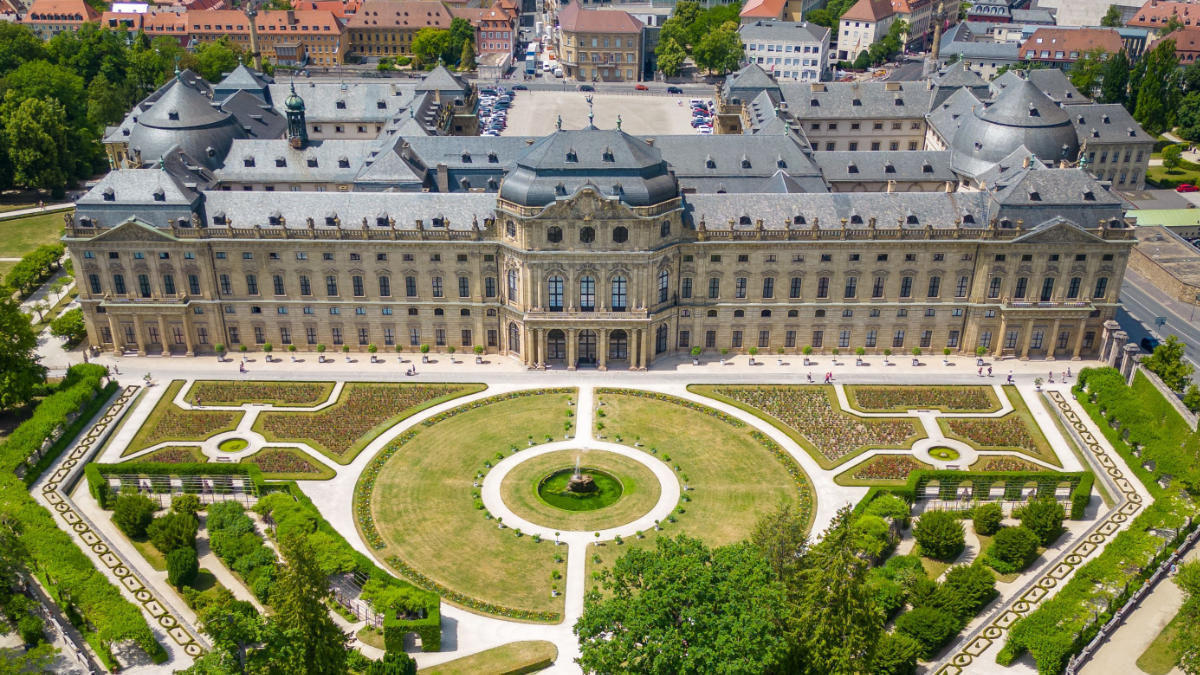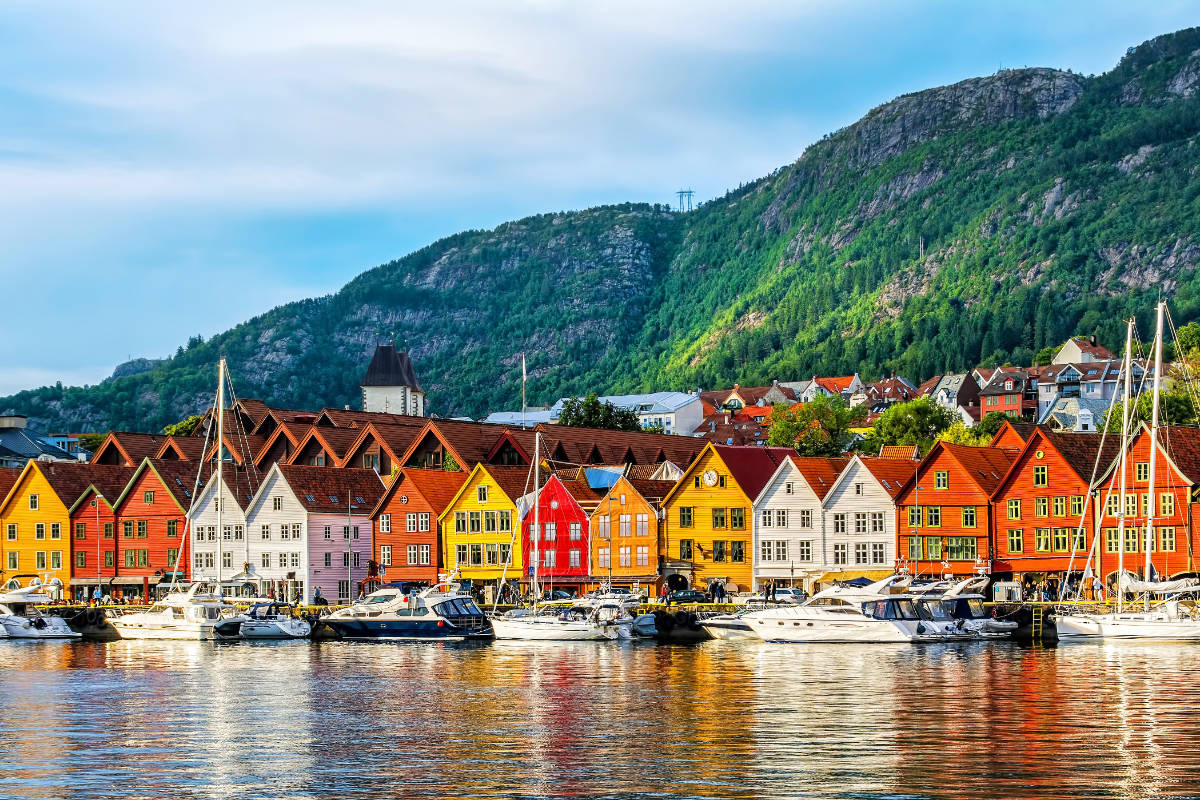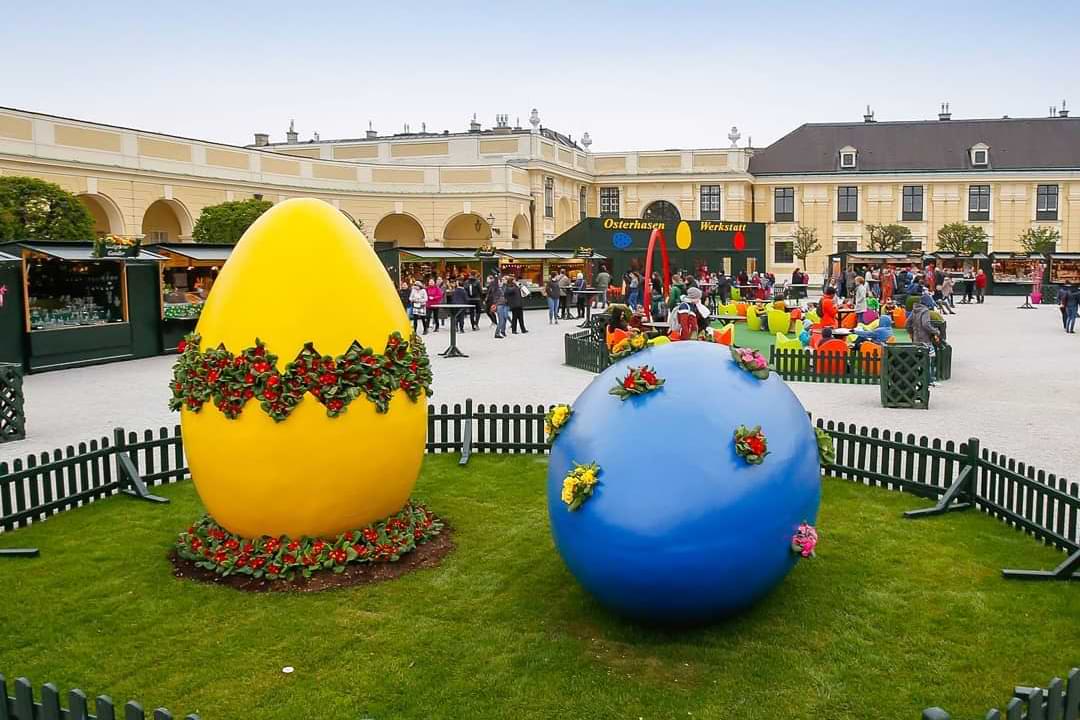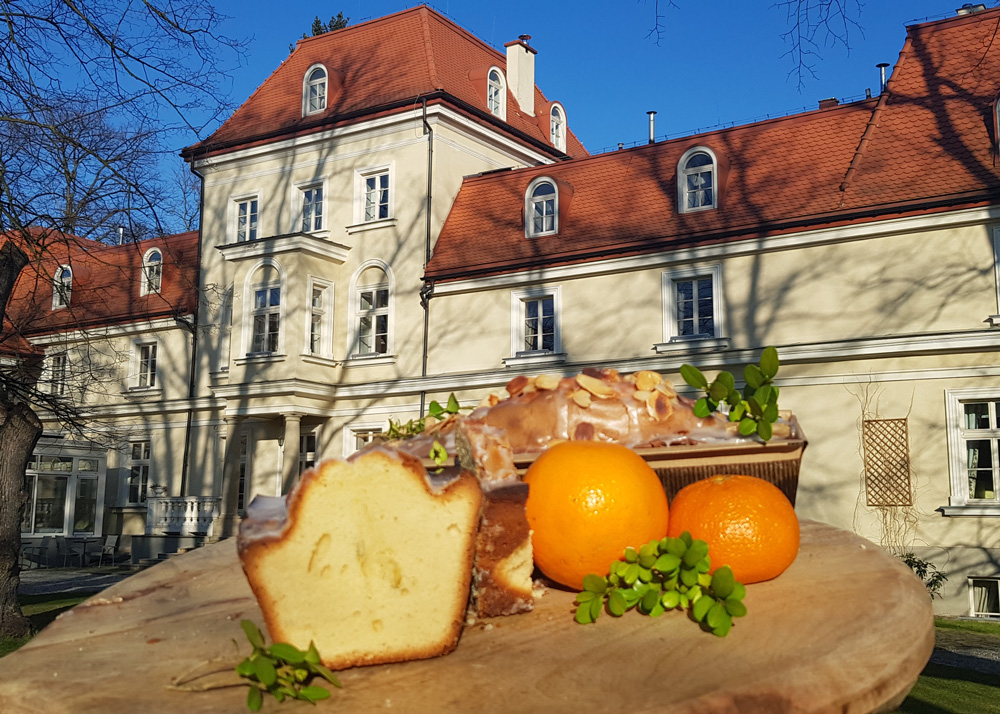World Heritage Day is an annual reminder of the treasures our planet holds. From architectural wonders to historical insights, UNESCO Heritage Sites serve as living museums, encapsulating centuries of human ingenuity and natural beauty. Let’s embark on a European expedition to explore some of these sites, each a testament to the diverse legacies of humanity…
Greece: Temple of Knossos
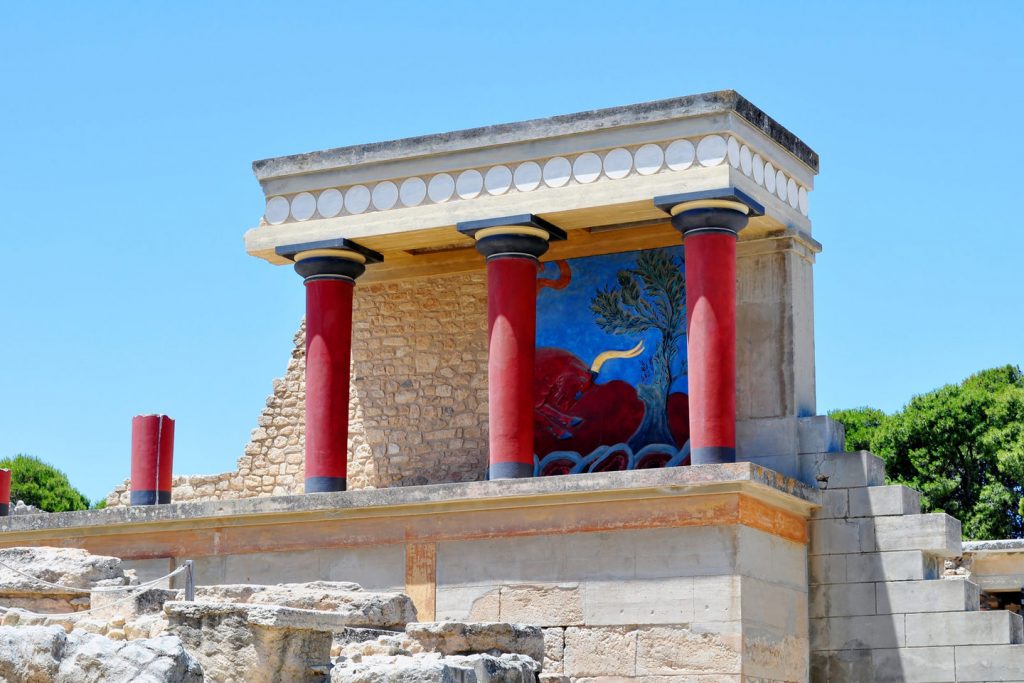
Nestled on the storied island of Crete, the Temple of Knossos is the legendary heart of the Minoan civilisation. This archaeological marvel is famously linked to the myth of the Minotaur and Labyrinth. Visitors can marvel at the detailed frescoes and sophisticated architecture that highlight the Minoans’ advanced societal and artistic achievements. Knossos invites you to step back into a world where myth and history blend seamlessly, offering a profound glimpse into Europe’s earliest recorded civilisation.
Did you know?
The complex at Knossos is the largest Bronze Age archaeological site on Crete and has been called Europe’s oldest city.
Where to stay: Avli Lounge Apartments
Poland: Wieliczka Salt Mine
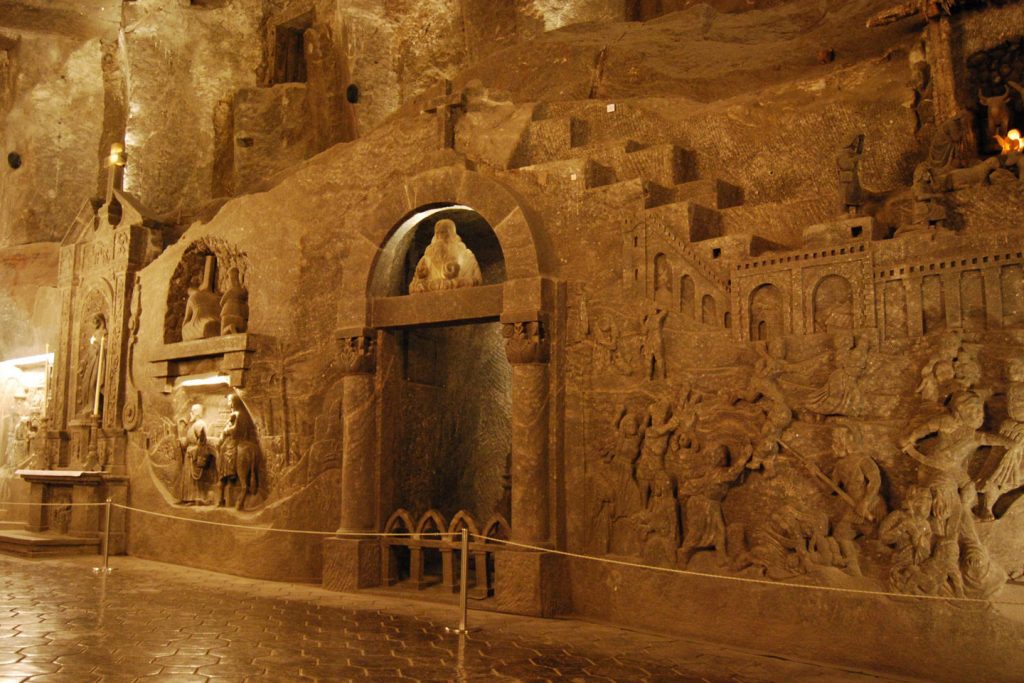
Descend into the depths of the Wieliczka Salt Mine, where art and history are carved into its salt walls. Operational for over 700 years, this subterranean wonder not only produced table salt but also became an underground city complete with chapels and statues, all sculpted from salt. The highlight is the Chapel of St. Kinga, illuminated by chandeliers of salt crystals, creating a surreal, other-worldly glow. This site exemplifies human resilience and the beauty of functional art.
Did you know?
The Wieliczka Salt Mine reaches depths of 327 meters and extends via horizontal passages and chambers for over 287 kilometres.
Where to stay: Sierakow Manor
Ireland: Newgrange
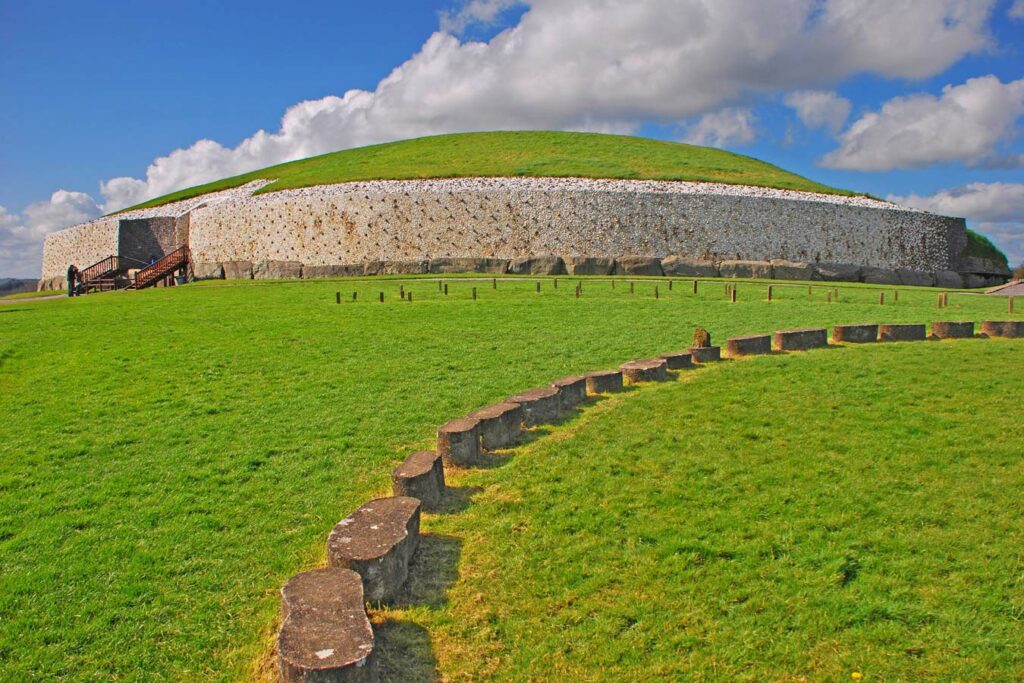
Step into the Neolithic age at Newgrange, a prehistoric monument in County Meath, Ireland, older than Stonehenge and the Egyptian pyramids. Known for its solar alignment, Newgrange’s passage tomb lights up during the winter solstice, a magical phenomenon that attracts thousands. The intricate spiral stone carvings at the entrance leave visitors in awe of the craftsmanship and spiritual depth of its builders. This site is a profound connection to Ireland’s ancient past and a symbol of enduring mystery.
Did you know?
Newgrange is surrounded by a circle of large standing stones, possibly part of the site’s original religious functions.
Where to stay: Rathsallagh House, Ghan House
Portugal: The Templar Knights in Tomar
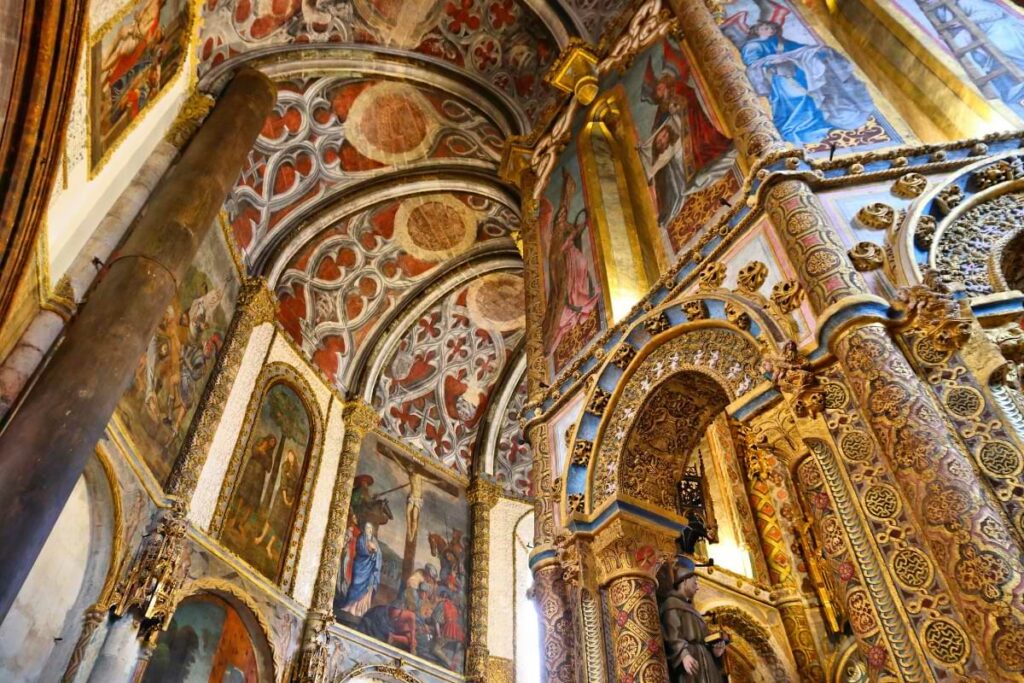
In the quaint town of Tomar, the Convent of Christ stands as a monumental reminder of the Knights Templar‘s profound influence. This castle and convent complex, with its ornate, Manueline architecture, represents the fusion of Gothic, Renaissance, and Mannerist artistic styles. Walking through its cloisters and ornate halls, one can almost hear the echoes of the knights and monks who once roamed here. It’s a site that beautifully captures the religious and military vigour of medieval Portugal.
Did you know?
The Convent of Christ in Tomar was originally a Templar stronghold, later becoming the headquarters for the Order of Christ, which supported Portugal’s maritime discoveries during the Age of Exploration.
Where to stay: Hotels in Lisbon
Italy: Villa Barbaro
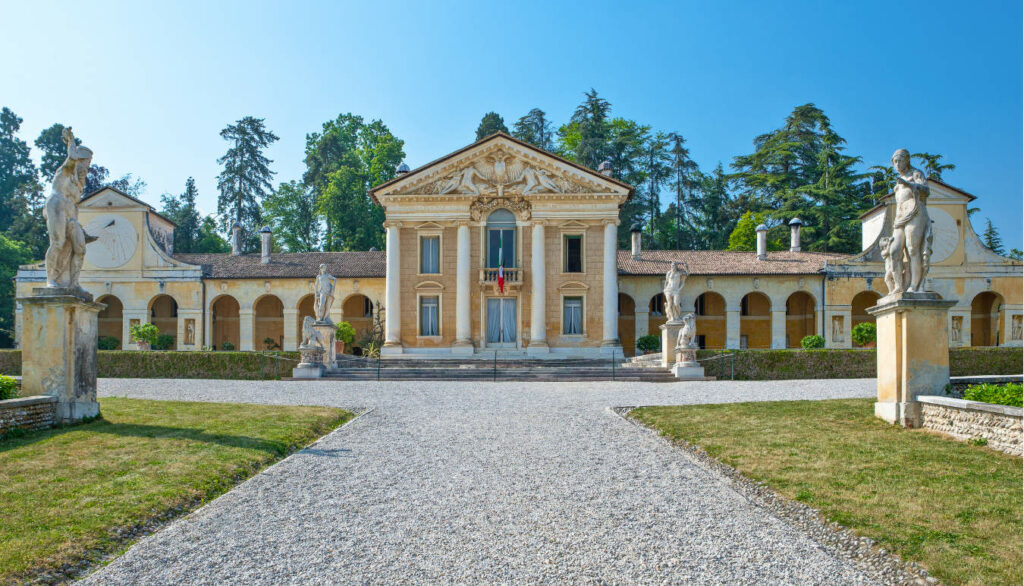
Nestled in the Veneto countryside, Villa Barbaro at Maser harmonises the artistry of architect Andrea Palladio and painter Paolo Veronese. This Renaissance villa, renowned for its harmonious design and stunning frescoes, reflects the ideals of symmetry and beauty. The pastoral frescoes inside, full of mythological themes, bring the walls to life, offering a window into the opulent lifestyle and artistic patronage of the Venetian nobility in the 16th century.
Did you know?
In 1934, Count Giuseppe Volpi di Misurata, founder of the Venice Film Festival and father of Giovanni Volpi, acquired the villa for his daughter Marina, who continued the restoration. Marina’s descendants live there today.
Where to stay: Villa Cipriani
Germany: Würzburg Residence with the Court Gardens and Residence Square

The Würzburg Residence, a baroque masterpiece in Germany, was commissioned by prince-bishops Lothar Franz and Friedrich Carl von Schönborn in the 18th century. This palatial complex showcases the collaborative genius of international architects and artists, including the legendary Balthasar Neumann and painter Tiepolo. The residence is famous for its luxurious interiors, featuring elaborate frescoes and stucco work, demonstrating the era’s artistic synergy. Encircled by the Court Gardens and the grand Residence Square, the Würzburg Residence epitomises opulence and the cultural ambition of its episcopal patrons.
Did you know?
The Würzburg Residence contains the world’s largest ceiling fresco, painted by Giovanni Battista Tiepolo — a magnificent artwork spanning over 600 square metres and decorating the vaulting of the grand staircase of the palace, leading from the ground floor to the first floor.
Where to stay: Hotel Schwarzer Bock, Schloss Frankenberg
Norway: Bryggen in Bergen
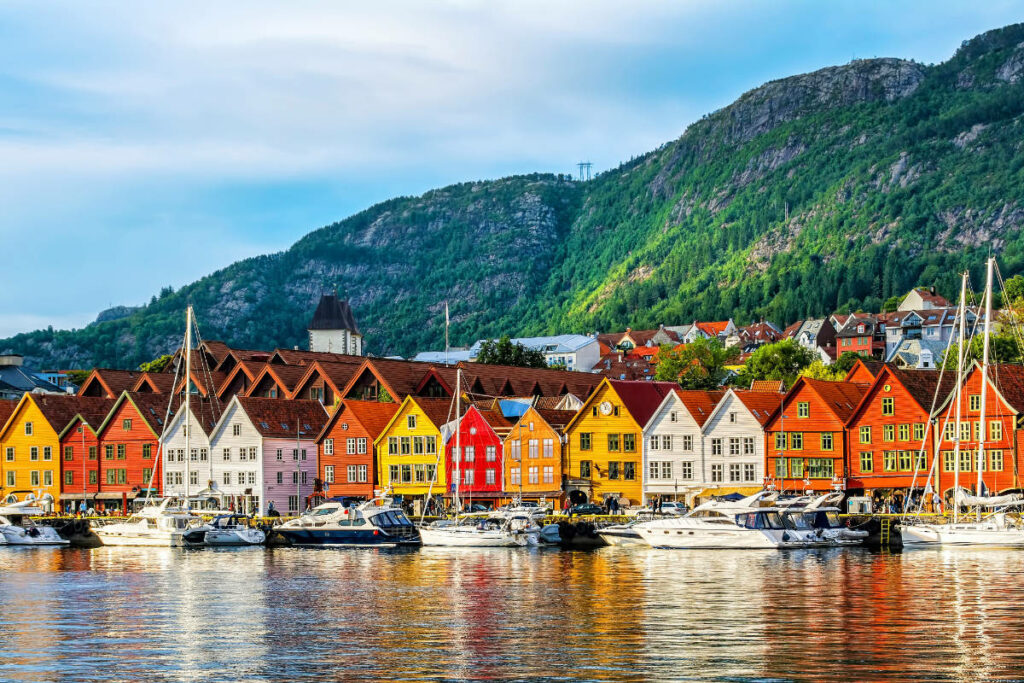
Bryggen, the old wharf of Bergen, is a colourful testament to the medieval Hanseatic League’s trading empire. The iconic row of leaning wooden buildings along the waterfront tells the story of Bergen’s historical significance in European maritime trade. Despite numerous fires, Bryggen has been lovingly reconstructed to preserve its architectural uniqueness and cultural value. Today, it stands proud, a vibrant community with bustling shops and cafés steeped in Norse history.
Did you know?
Bryggen was a vital part of the Hanseatic League’s trading empire from the 14th to the 16th century, serving as a major centre for commerce across the North Sea.
Where to stay: Hotel Park
Albania: Historic Centres of Berat and Gjirokastra
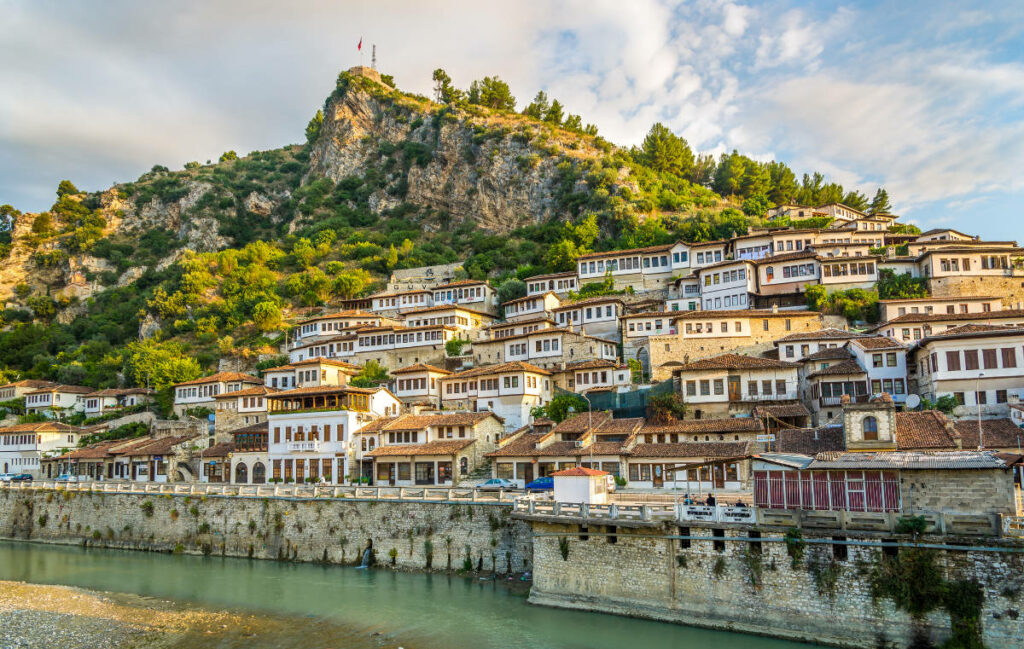
In Albania, the historic centres of Berat and Gjirokastra are striking examples of Ottoman town architecture preserved through the ages. Known as the “city of a thousand windows,” Berat’s white Ottoman houses climb up the hill towards its castle, offering breathtaking views. Gjirokastra, with its stone-roofed houses and narrow cobblestone streets, evokes the essence of a bygone era. These cities reflect the cultural synthesis of Byzantine, Ottoman, and Albanian traditions, revealing layers of history in their architecture and urban fabric.
Did you know?
Gjirokastra is known as the “City of Stone” due to its unique Ottoman-era architecture featuring stone roofs, wooden balconies, and whitewashed stone walls.
Where to stay: Adriatik Hotel
Interested in learning more? Read 9 Incredible Places to Celebrate World Heritage Day

